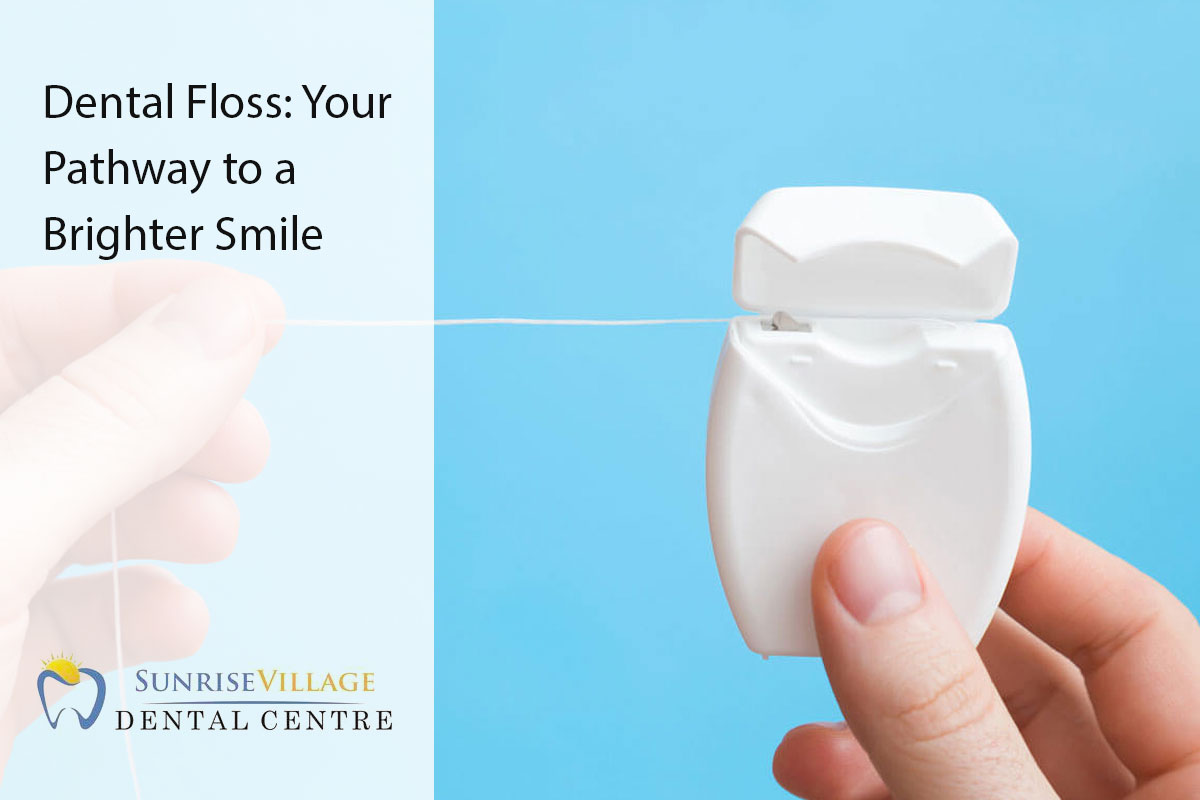
If you want a bright smile and healthy teeth, you’re in the right place. We’ll talk about why flossing is important, how to pick the best floss for you, and common mistakes to avoid for a great flossing routine. Get ready to discover how to improve your smile and boost your oral health! Let’s get started!
Benefits of regular dental flossing
- Plaque Removal: Removes plaque between teeth and along the gumline, where toothbrushes can’t reach effectively.
- Prevents Cavities: Reduces the risk of cavities by removing food particles and plaque that can lead to decay.
- Gum Health: Helps prevent gum disease by reducing plaque buildup and inflammation.
- Fresh Breath: Removes debris and bacteria that can cause bad breath.
- Maintains Oral Health: Supports overall oral hygiene and can contribute to a healthier smile.
Common mistakes to avoid while flossing
While the benefits of regular flossing are well-established, there are several common mistakes that individuals often make, which can diminish the effectiveness of this essential oral hygiene practice. By being mindful of these missteps and making the necessary adjustments, you can ensure that your flossing routine is as efficient and beneficial as possible. Here are common mistakes to avoid when flossing:
- Skipping Flossing: Consistency is key; avoid skipping flossing sessions.
- Incorrect Technique: Use a gentle back-and-forth motion, not snapping the floss into gums.
- Not Flossing Between Each Tooth: Ensure you floss between every tooth, including back teeth.
- Being Too Rough: Floss gently to avoid injuring gums or causing bleeding.
- Using One Section of Floss for Entire Mouth: Use clean sections of floss for each tooth to avoid spreading plaque.
- Not Flossing Below the Gumline: Slide floss gently under the gumline to remove plaque buildup.
- Rushing: Take your time to floss correctly and thoroughly.
Types of dental floss
- Nylon Floss: Traditional floss made from nylon, comes in waxed and unwaxed varieties.
- PTFE Floss (Teflon): Glides easily between teeth, suitable for tight spaces and sensitive gums.
- Dental Tape: Wider and flatter than traditional floss, ideal for larger gaps between teeth.
- Super Floss: Combines regular floss with a stiff end for threading under dental appliances like braces or bridges.
- Floss Picks: Disposable plastic devices with pre-threaded floss, convenient for on-the-go use.
- Flavoured Floss: Comes in various flavours to enhance the flossing experience.
How to choose the right dental floss for you
Choosing the right dental floss depends on your individual needs and preferences. Here are some tips to help you select the best one for you:
- Type of Floss: Consider the type that suits you best (e.g., nylon, PTFE, dental tape).
- Spacing Between Teeth: If your teeth are close together, a thin floss like nylon or PTFE may work well. For wider gaps, dental tape might be more effective.
- Sensitivity: If you have sensitive gums, opt for a softer floss or one designed specifically for sensitive gums.
- Dental Appliances: If you have braces, bridges, or dental implants, consider using super floss or floss threaders to clean around these appliances effectively.
- Flavour Preference: Choose a flavoured floss if you prefer a more pleasant flossing experience.
- Ease of Use: Floss picks can be easier to handle for some people, especially those with limited dexterity.
- Personal Preference: Ultimately, choose a floss that you find comfortable and easy to use consistently as part of your oral hygiene routine.
Conclusion
Regular dental flossing is essential for keeping your smile healthy and looking good. By making flossing part of your daily routine, you can prevent cavities, lower your risk of gum disease, and keep your breath fresh. Make flossing a daily habit to maintain your oral health and improve the brightness of your smile. Remember to visit your dentist regularly for check-ups. To schedule an appointment, call Sunrise Village Dental at (604) 253-2433.
